Misunderstandings about J.League
Over the past 10 years, the concept of Vietnamese players going abroad has gone from vague to clear. Le Cong Vinh can be considered one of the pioneers in leaving V.League to challenge himself in a foreign environment. Consadole Sapporo (Japan) became the second foreign club in Cong Vinh's football career, after Leixoes (Portugal).
“The Japanese don’t know anything about Le Cong Vinh,” Higuchi Takeshiro, a Japanese fan who has lived and followed Vietnamese football for 15 years, said at the time. “I personally had to go online to find out and found out that Cong Vinh is a very good player in Vietnamese football. He himself has made a certain mark during his short time playing in Sapporo.”
However, Cong Vinh is just a rare bright spot in a picture that is not rosy for Vietnamese players when choosing Japan. Agreeing with the 8 names going to J.League 1, 2 and 3, including Cong Vinh, Japan is the football country that attracts the most attention from Vietnamese players.
“Players like Tuan Anh, Cong Phuong, Van Lam and a few others have come to Japan but were not successful. First of all, I have to explain more clearly about Japanese football in general and J.League 1, 2 in particular. Most people have a misunderstanding about J.League. The view that Japanese football focuses on technique and does not focus on physical strength is a big mistake. On the contrary, players in this tournament run a lot and move a lot,” Higuchi Takeshiro analyzed.
He added: “In addition, Japanese football often prescribes a very clear set of skills for each position on the field. And they always require the positions behind the striker to be extremely versatile and flexible in position. Cong Phuong and Tuan Anh are midfielders and strikers. They not only have the task of attacking but also have to possess other skills, from distributing the ball, participating in defense, fighting, etc. When a foreign player coming to J.League does not quickly get used to and adapt to this, their inability to meet the requirements of the head coach will lead to the fact that they cannot be on the list of players.
So for Tuan Anh and Cong Phuong, besides not being able to get used to football life in Japan when they first arrived here, the problem of technical absorption, understanding the coach's intentions and the ability to play in multiple positions are the next reasons.

Why does Thailand do better than Vietnam?
In contrast to Vietnam's struggles in the Japanese environment, Thailand has exported stars who have shown themselves at top clubs in the land of cherry blossoms. Theerathon Bunmathan even became the first Southeast Asian player to win the J.League, when he lifted the silver plate with Yokohama F Marinos.
“We know that Thailand has a very high-quality Thai League in Southeast Asia. The Thai style of football is to play short balls, with players actively holding the ball and distributing the ball as well as small groups,” Higuchi Takeshiro commented. “This is different from Vietnam, where we still play quite physically. I think that is the biggest reason why Thai players can get used to it right away when they come to Japan, because their styles are very similar.
In particular, Thailand has very good preparation for players going abroad, such as in terms of language. Their playing philosophy is very close to Japan's, so when they go to J.League 1 or 2, Thai players immediately understand what the coach says; what their teammates want them to do, how to move. That's why Thailand has excellent players like Chanathip or Theerathon who have achieved success in J.League."
According to Higuchi Takeshiro, Vietnamese players should put their egos aside to choose a lower-level tournament in Japan. “J.League 1 and 2 will be quite different from J.League 3. The Korean third division still applies a style of play that focuses on strength, playing long balls instead of short balls. This could be a suitable environment for Vietnamese football. With the difficulties in adapting to J.League 1 and 2, playing first for J.League 3 would be a safe choice. Thai and Indonesian players who have not yet made their name have also played in J.League 3. They decided to take steps towards higher ambitions in the future. So why shouldn't Vietnamese players try it?”
Higuchi Takeshiro concluded: “Vietnam has 4 outstanding names: Quang Hai, Hoang Duc, Tien Linh and Dinh Bac. These are promising faces who can play in Japan. Dinh Bac scored a goal against our national team. He is still very young, so playing in the J-League is completely possible. Recently, I have noticed Le Huy Viet Anh in the U17 Vietnam team. He is a very promising player. Besides, there is also Le Dinh Long Vu, a player who showed himself in the U17 Vietnam team 2 years ago.”
Vietnam national football team has become more "uncomfortable" in the eyes of Japan
Perhaps, individual Vietnamese players have not been successful in the J.League. However, when combined into a unified block, the Vietnamese team is very difficult to defeat. The Japanese team also understands this, based on recent matches.
“It must be admitted that the level of Southeast Asian football has increased a lot compared to the past. About 10 or 15 years ago, when a Japanese team met a Southeast Asian team like Vietnam, Thailand or Indonesia, it was completely normal for the above teams to become “ball baskets”.
But recently, Japanese teams have only won by 1 or 2 goals. This has many objective and subjective reasons. However, it must be admitted that the level of Southeast Asian football has increased significantly. Vietnam and Thailand have both found ways to "predict" Japan at certain times of the match!
Source: https://cand.com.vn/the-thao/vi-sao-cau-thu-viet-nam-khong-thanh-cong-o-nhat-ban--i765801/



![[Photo] More than 17,000 candidates participate in the 2025 SPT Competency Assessment Test of Hanoi National University of Education](https://vphoto.vietnam.vn/thumb/1200x675/vietnam/resource/IMAGE/2025/5/17/e538d9a1636c407cbb211b314e6303fd)

![[Photo] Prime Minister Pham Minh Chinh chairs meeting on science and technology development](https://vphoto.vietnam.vn/thumb/1200x675/vietnam/resource/IMAGE/2025/5/17/ae80dd74c384439789b12013c738a045)

![[Photo] Readers line up to visit the photo exhibition and receive a special publication commemorating the 135th birthday of President Ho Chi Minh at Nhan Dan Newspaper](https://vphoto.vietnam.vn/thumb/1200x675/vietnam/resource/IMAGE/2025/5/17/85b3197fc6bd43e6a9ee4db15101005b)




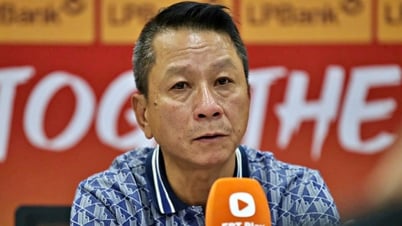


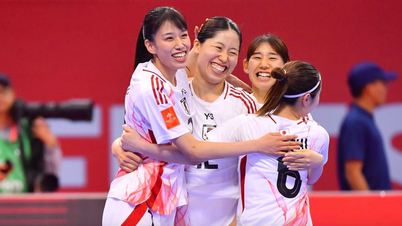





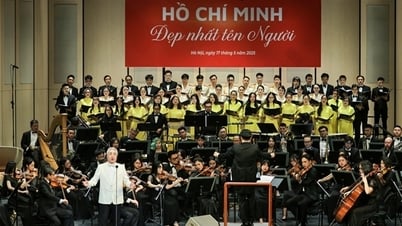
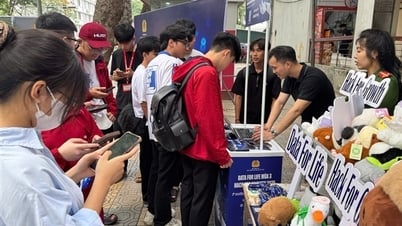


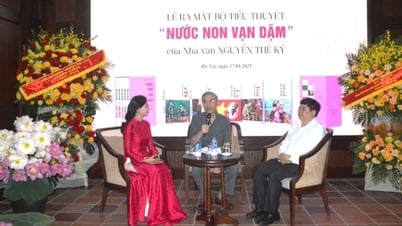
![[Photo] Nearly 3,000 students moved by stories about soldiers](https://vphoto.vietnam.vn/thumb/1200x675/vietnam/resource/IMAGE/2025/5/17/21da57c8241e42438b423eaa37215e0e)









































































Comment (0)